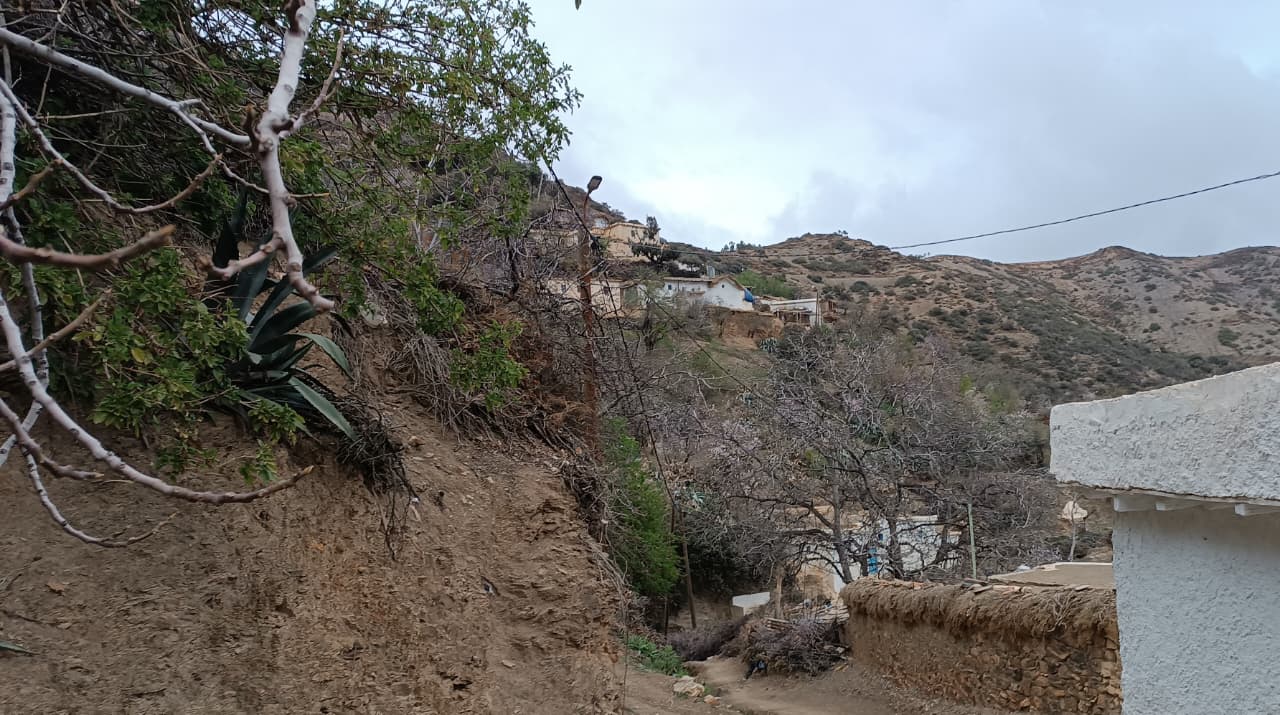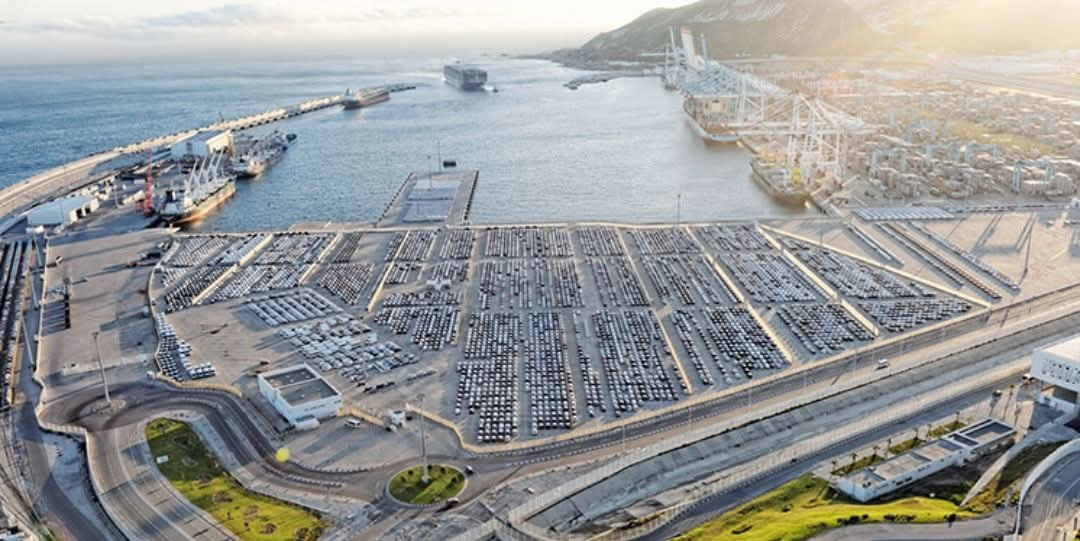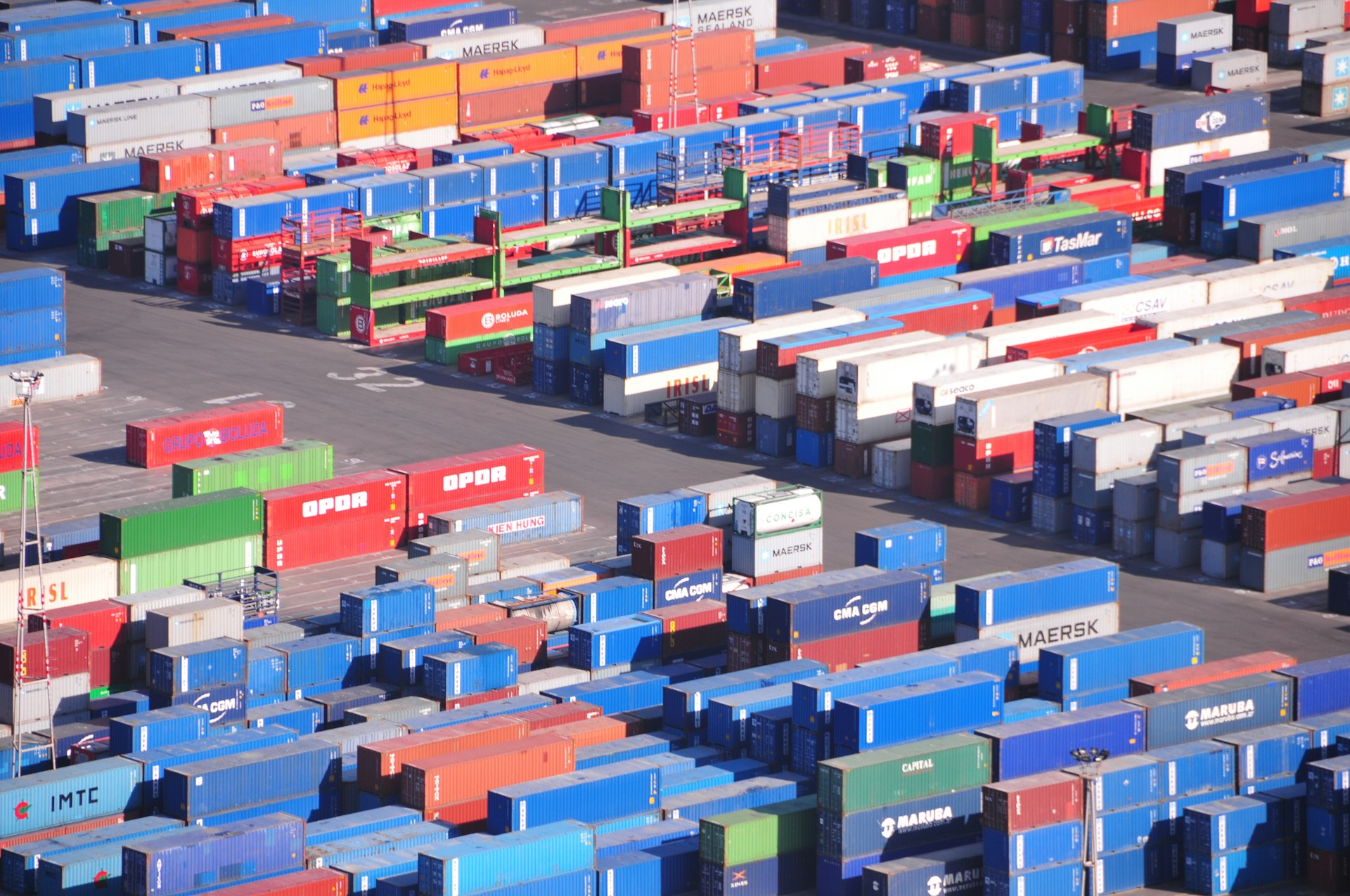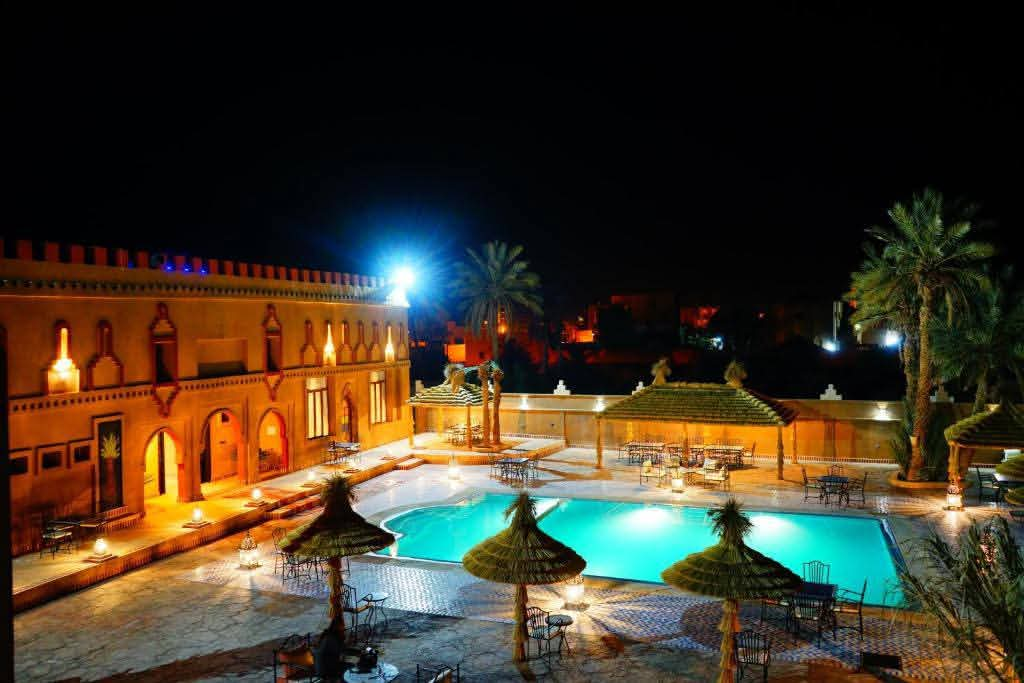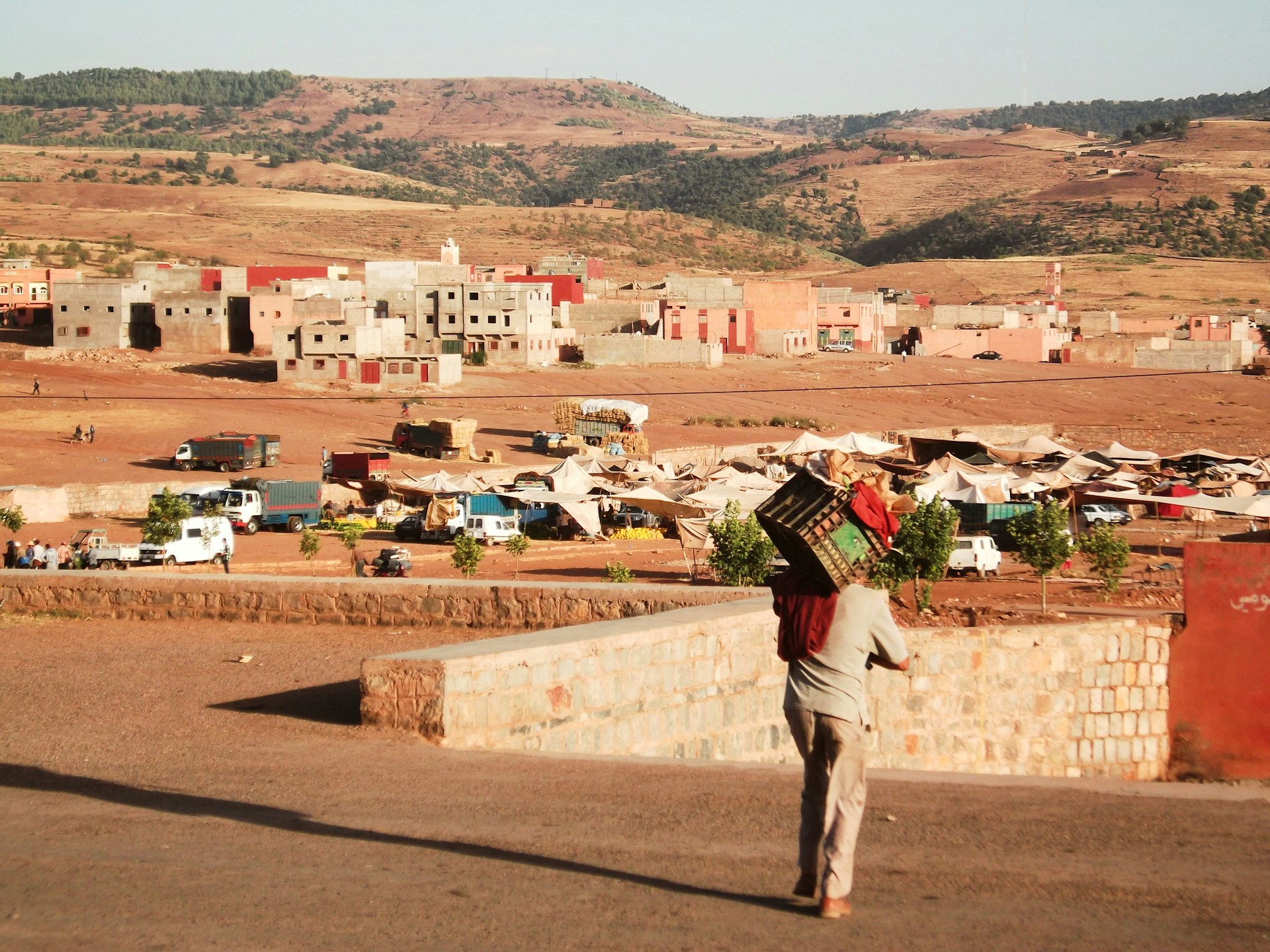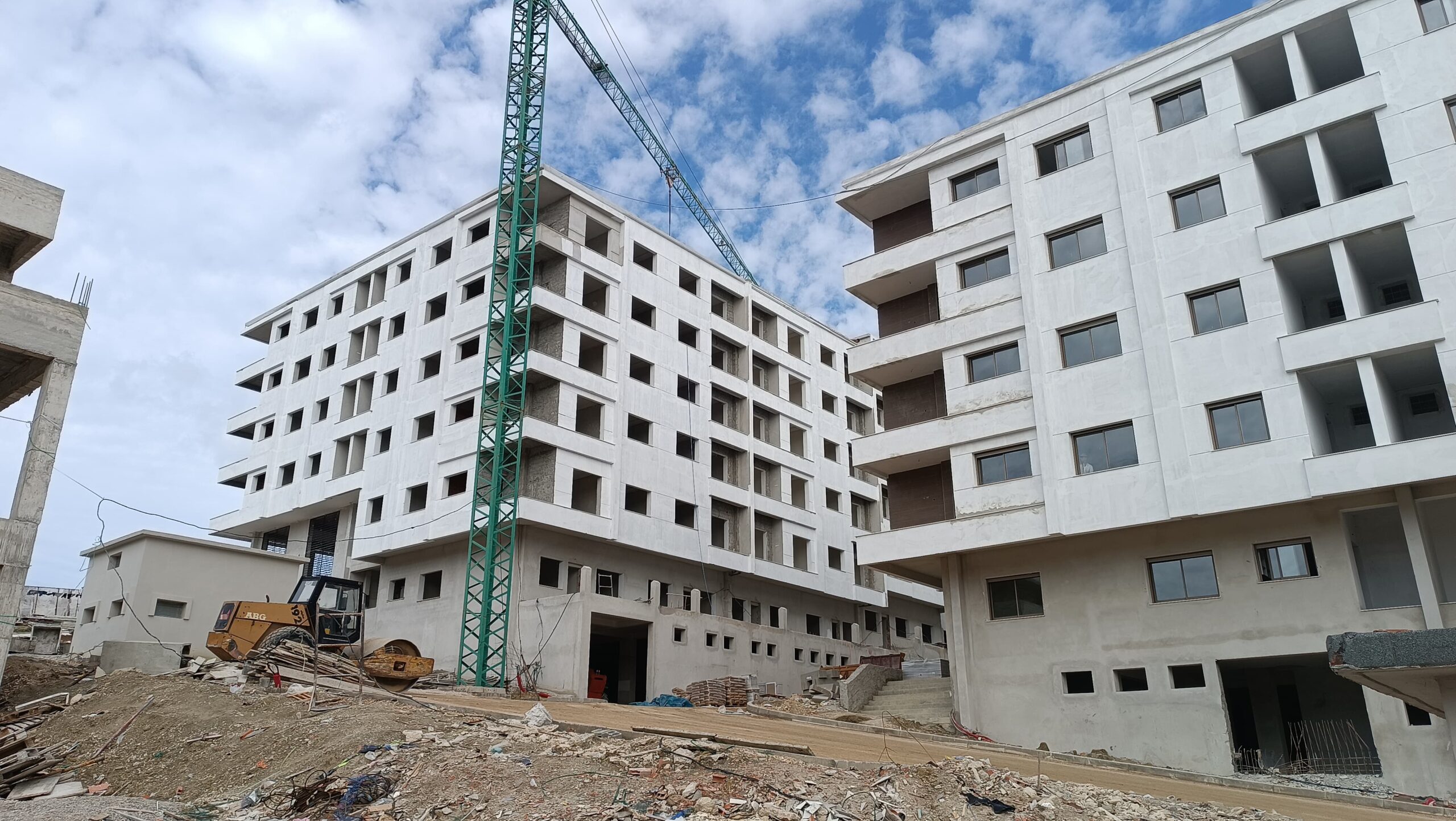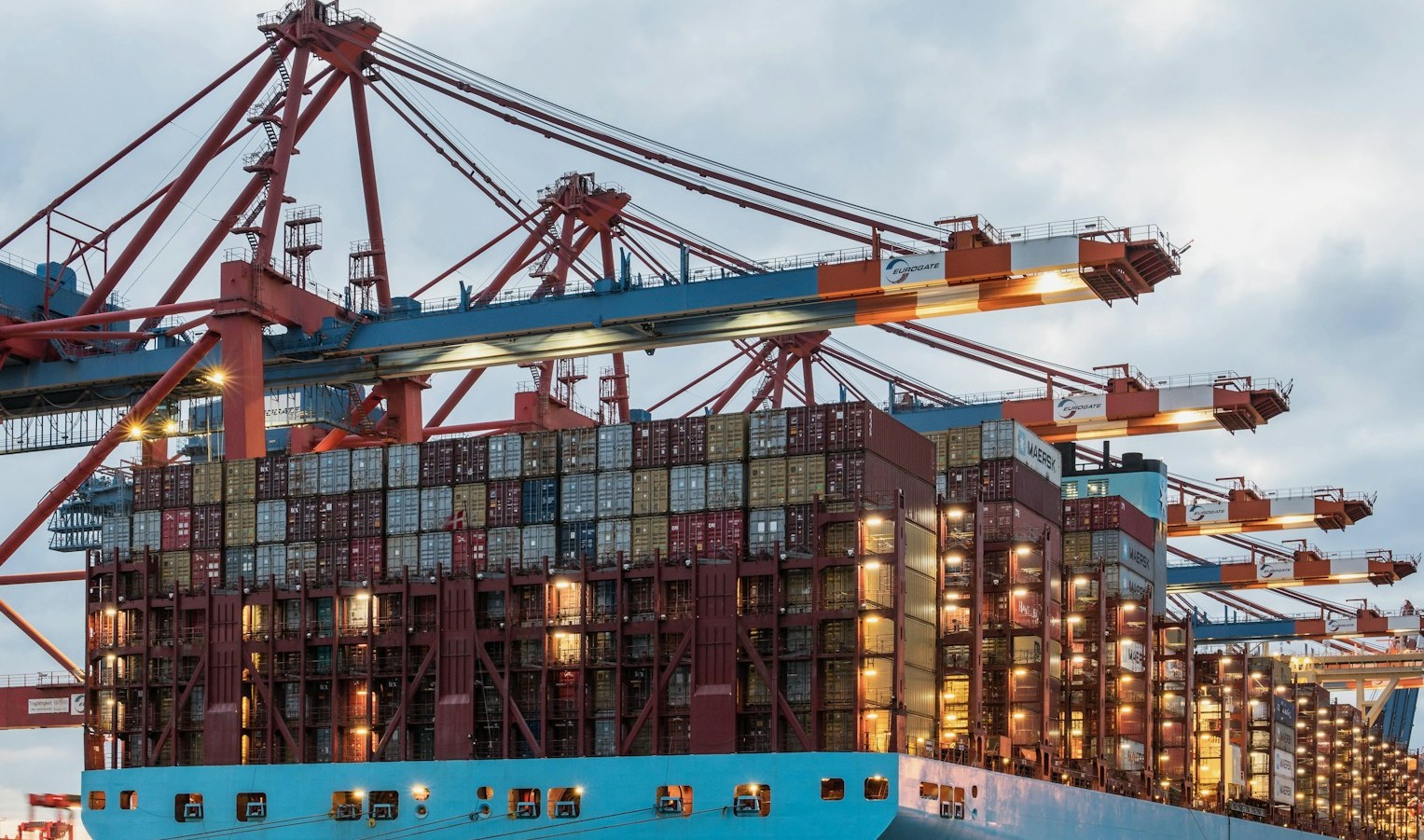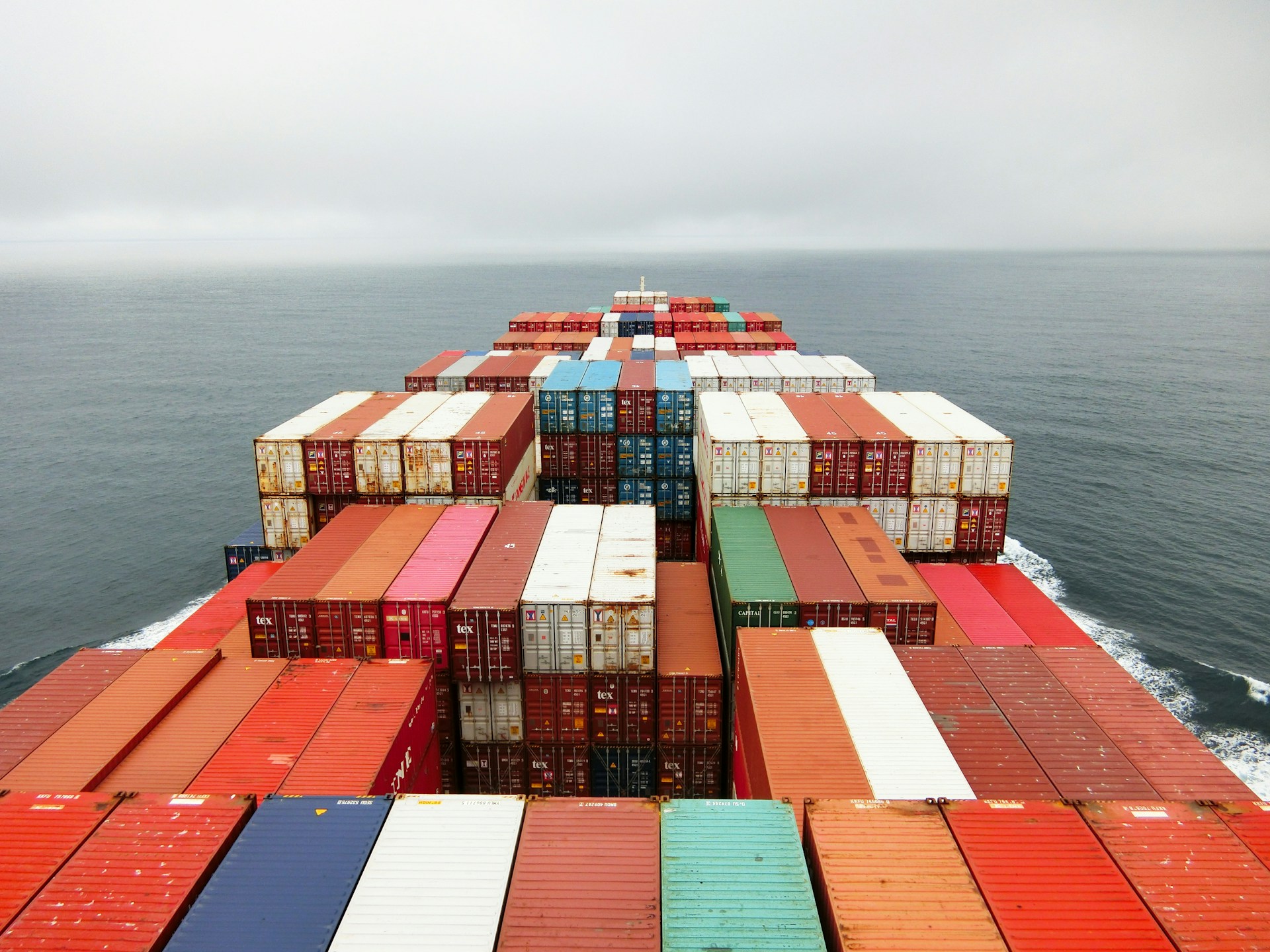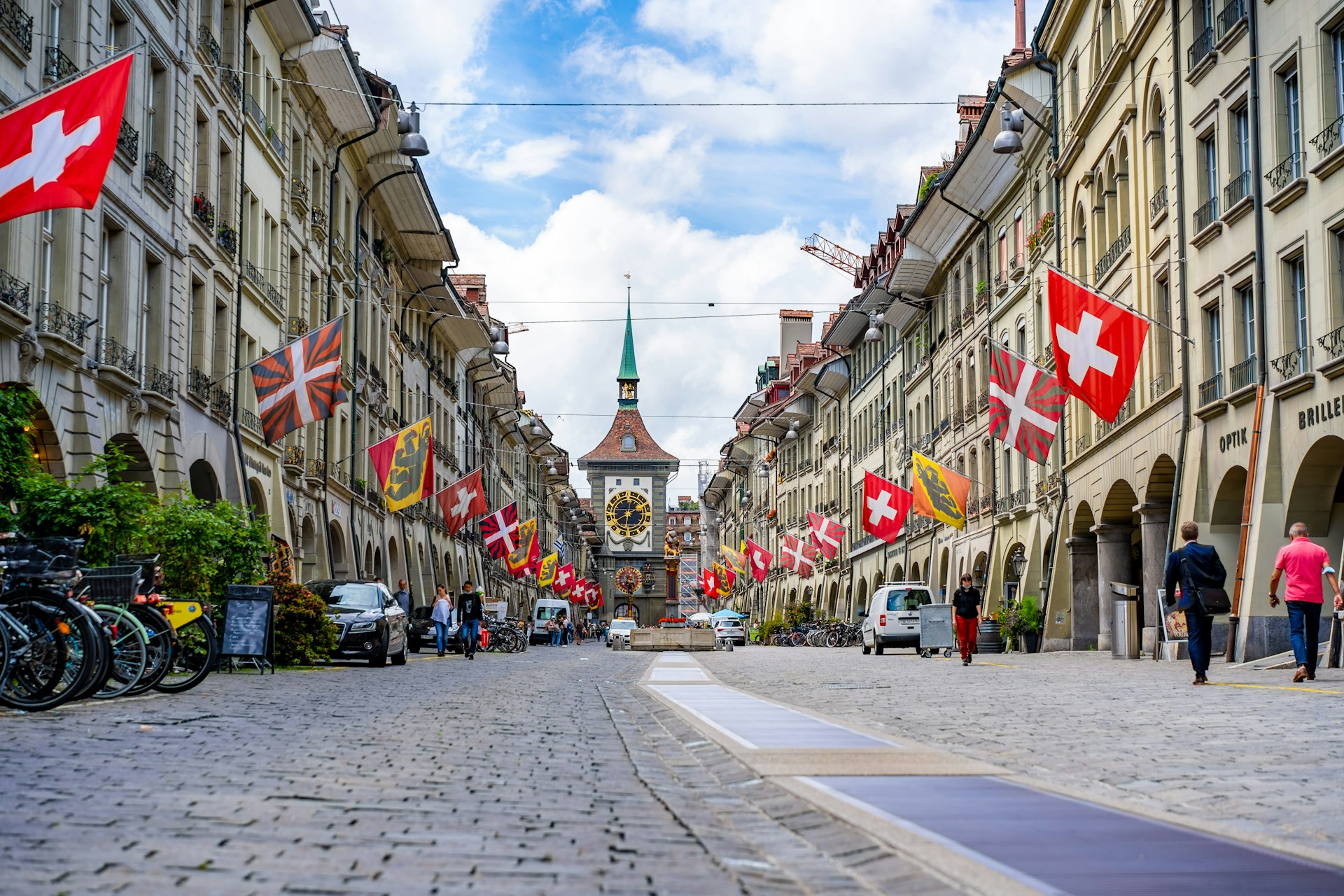Casablanca – Morocco’s tourism sector has reached new heights in 2025, achieving record-breaking performance that confirms its growing appeal as one of the world’s most dynamic travel destinations. According to recent data from the Ministry of Tourism, Handicrafts, and Social and Solidarity Economy, the Kingdom welcomed 15 million tourists by the end of September 2025, representing a 14% increase compared to the same period last year. This milestone underscores the sector’s robust recovery and its vital contribution to national economic growth.
Sustained growth and record performance
The steady upward trend that began in early 2025 has continued throughout the year, driven by stronger international demand and strategic investments. In September alone, Morocco recorded 1.4 million tourist arrivals, a 9% rise year-on-year, signaling the sector’s ability to maintain growth even after the peak summer season.
This consistent expansion reflects the government’s commitment to consolidating Morocco’s position among the top global travel destinations. The Ministry attributes the record figures to a combination of factors, including the reinforcement of air connectivity, targeted promotional campaigns in key source markets, and the continuous improvement of the visitor experience.
Strategic vision and policy framework
The results align closely with the country’s 2023–2026 national tourism strategy, an ambitious roadmap focused on diversification, sustainability, and competitiveness. The plan prioritizes expanding international air routes, developing varied tourism offerings, and improving infrastructure to ensure that all regions benefit from sectoral growth.
According to Tourism Minister Fatim-Zahra Ammor, the strong results demonstrate the effectiveness of this approach. “These 15 million arrivals reflect a strategy that is bearing fruit,” she said, emphasizing that the government remains mobilized to make tourism a true economic lever for all territories.
The ongoing initiatives include projects aimed at increasing accommodation capacity, improving service quality, training local professionals, and promoting sustainable practices. The strategy also highlights the importance of digital transformation to enhance the customer experience and streamline access to tourism services.
A global vision beyond 2025
Morocco’s long-term ambitions extend well beyond the current record. The government aims to attract 26 million visitors by 2030, positioning the Kingdom among the top ten global destinations. This goal builds on the strong momentum of recent years: Morocco welcomed 17.4 million visitors in 2024, a 20% increase over 2023, outpacing several regional competitors such as Egypt, which received 15.78 million tourists that year.
Between January and July 2025 alone, 11.6 million arrivals were recorded, led by travelers from France, Spain, the United Kingdom, Italy, and Germany. This diversification of source markets has helped Morocco mitigate global economic uncertainties and seasonal fluctuations.
The country’s strong infrastructure and growing connectivity have also played a key role. National and international airlines have expanded their flight schedules, linking Moroccan cities to major European, American, and Middle Eastern hubs. This network expansion has made the destination more accessible to a wider range of travelers.
Major events driving visibility
Morocco’s visibility on the global stage is expected to rise further as it prepares to co-host the 2030 FIFA World Cup with Spain and Portugal. The tournament is anticipated to serve as a major catalyst for tourism infrastructure, service quality, and urban development. In preparation, a special committee has been reviewing the visitor journey to enhance hotel classification standards, transport systems, and the overall quality of hospitality services.
Before that, the Africa Cup of Nations (CAN 2025), scheduled to begin on December 21, 2025, and the GX Summit 2026, are set to bring additional international attention and stimulate tourism-related activity in key host cities.
Sustainability and regional development
Beyond growth figures, Morocco’s tourism strategy is firmly grounded in sustainability and inclusiveness. Authorities aim to promote eco-friendly initiatives and ensure that tourism benefits local communities, particularly in rural and coastal regions. The strategy targets the creation of 200,000 new jobs by 2026 and seeks to expand niche segments such as cultural tourism, ecotourism, and agritourism.
By integrating environmental responsibility with economic development, the country hopes to strengthen its resilience and align with international sustainability standards.
A model for tourism-led growth
The record of 15 million visitors reached by the end of September 2025 marks not only a quantitative achievement but also a qualitative transformation in Morocco’s tourism industry. The sector’s growth reflects a balance between strategic planning, strong international partnerships, and a clear focus on quality and sustainability.
As Morocco continues to invest in its tourism infrastructure and diversify its offerings, it stands as a model for tourism-led growth in the region. With long-term objectives anchored in innovation, inclusivity, and global competitiveness, the Kingdom is well on its way to consolidating its status as one of the world’s leading and most sustainable travel destinations by the end of the decade.
